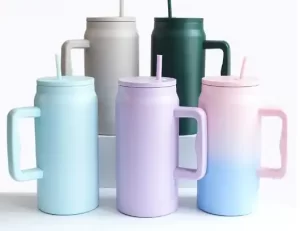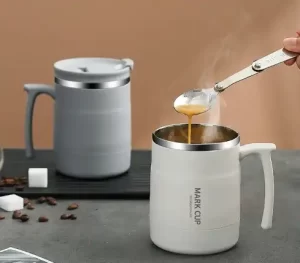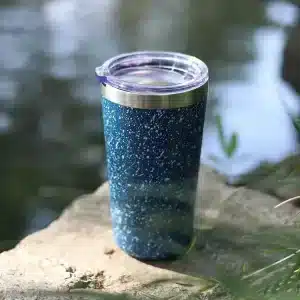In the previous article, we investigated people’s increasing concept of sustainable products, the continuous emergence of sustainable bars, and all aspects of sustainable life. Nowadays, people have a higher awareness and demand for sustainable packaging.
So what aspects affect sustainable packaging?
Consumers and regulators expect packaging materials and solutions to benefit people and the planet, signaling a fundamental shift in mindset. We need to replace fossil-based plastics with more sustainable alternatives that are not only recyclable but also made from renewable materials.
At present, the surge in market demand for sustainable packaging materials is mainly driven by five key factors.
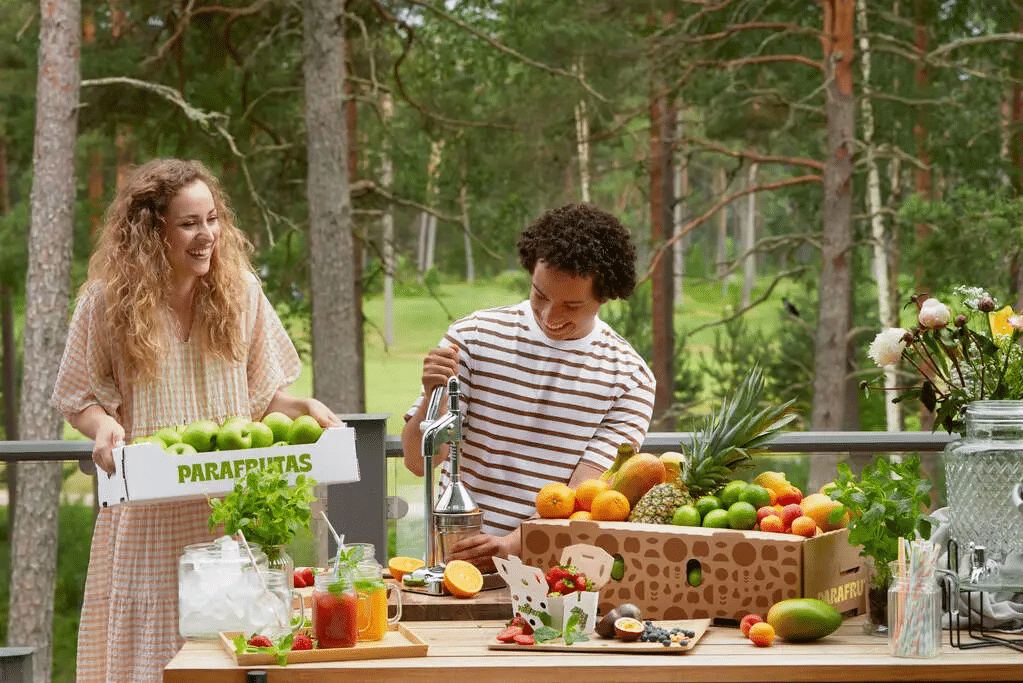
1. Growth in consumer demand
Fundamental shifts in consumer perceptions are driving the need for sustainable solutions. It is estimated that by 2030, global consumer demand for sustainable packaging materials will surge by approximately 11 million tons, and the global high-end consumer paperboard market will also grow by approximately 3%. The survey shows that 78% of consumers will give priority to brands that make positive contributions to sustainable development.
Taking the United States as an example, 56% of consumers prefer wood fiber-based cartons to plastic when it comes to food packaging. In the growing trend of sustainable consumption, factories will play an important role in the supply of fiber-based materials, especially in the field of food packaging. Currently, many packaging factories are busy building new production lines. It is expected that from 2025, the annual output of sustainable packaging materials will reach 1.2 million tons, providing customers with high-quality, safe and stable supply.
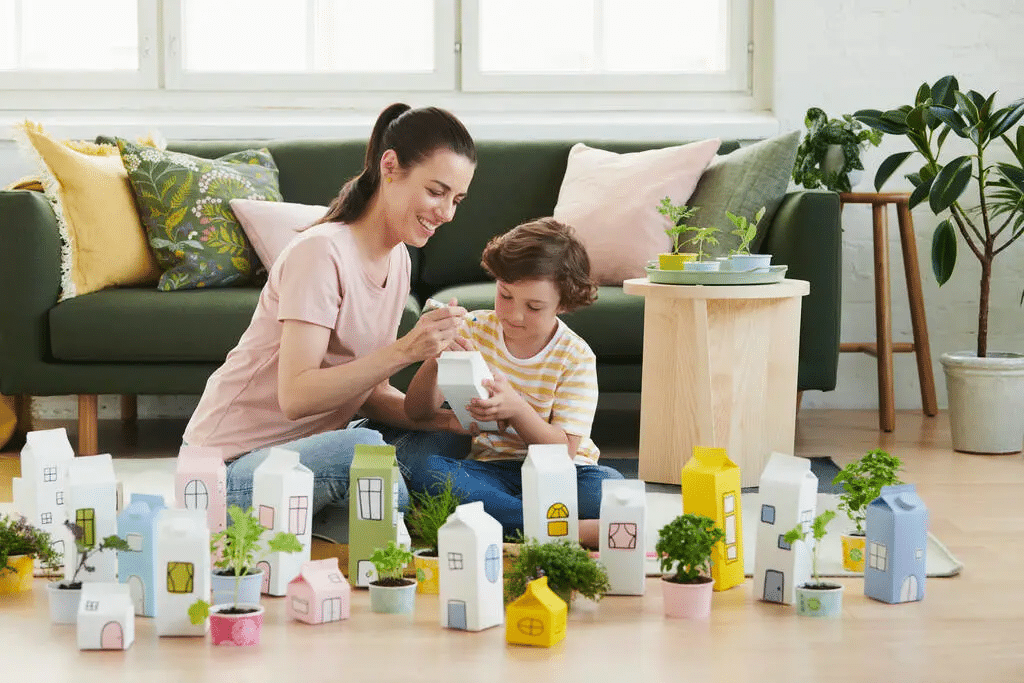
2. Environmental protection is urgent
Astonishingly, Europe alone generates approximately 20 million tons of plastic packaging waste every year. Even now, some of this waste will end up in nature, however, up to 25% of this can be replaced with recyclable, low-carbon fiber-based materials.
As awareness of plastic pollution and climate change continues to grow, the transition from non-biodegradable plastics to fiber-based solutions has become even more urgent.
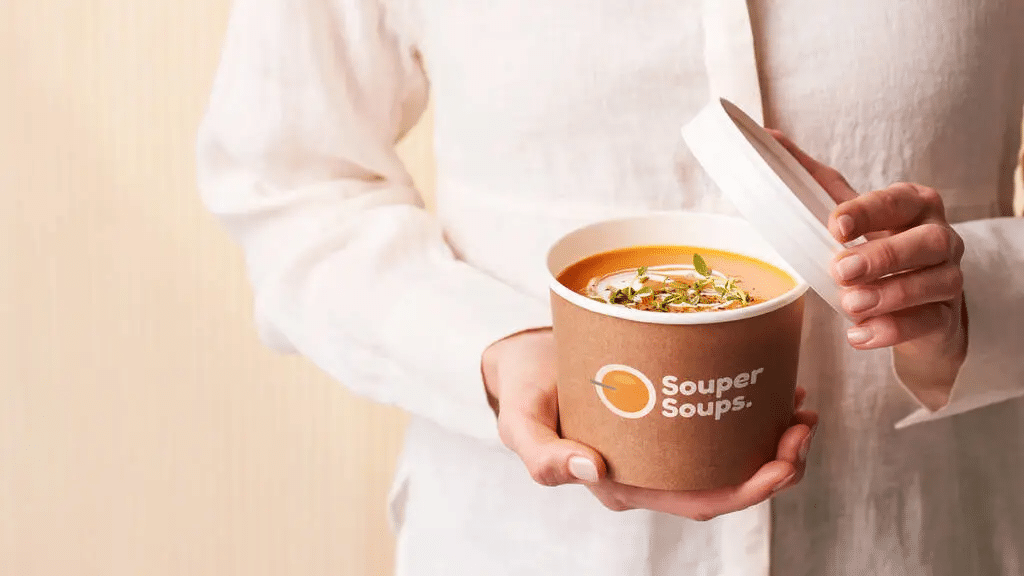
3. Resource transfer
The depletion of fossil-based materials has accelerated the search for renewable resources. As a leader in renewable materials, suppliers will vigorously promote wood fiber-based materials as sustainable packaging alternatives.
These materials are produced in northern European forests under Stora Enso’s responsible management mechanism. The entire production process is documented and traceable, ensuring the quality and sustainability of fiber materials and promoting responsible sourcing.
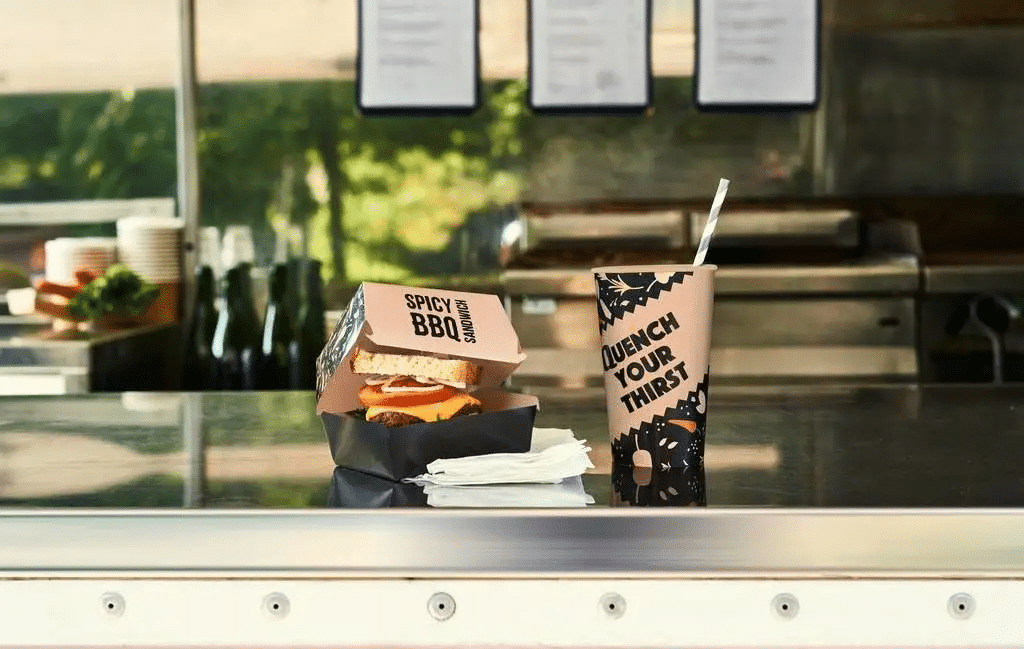
4. Regulations and supervision
There have been significant changes in packaging-related regulations around sustainability, and this trend will continue.
For example, the European Union has introduced strict packaging regulations aimed at significantly reducing the amount of packaging waste and promoting recycling. With the EU’s precedent, other legislative bodies are likely to follow suit. Fiber-based solutions are well-positioned to meet regulatory requirements due to their renewable origin and recyclable nature.

5. Corporate sustainable development goals
KPMG’s recent survey report shows that almost all global giants have successively released sustainability reports and set corporate sustainability goals. In addition, about one-third of Europe’s largest listed companies have pledged to achieve net-zero carbon emissions by 2050. This trend is one of the key drivers of the growing demand for sustainable packaging materials, as companies using excellent sustainable packaging in their products help achieve carbon neutrality.
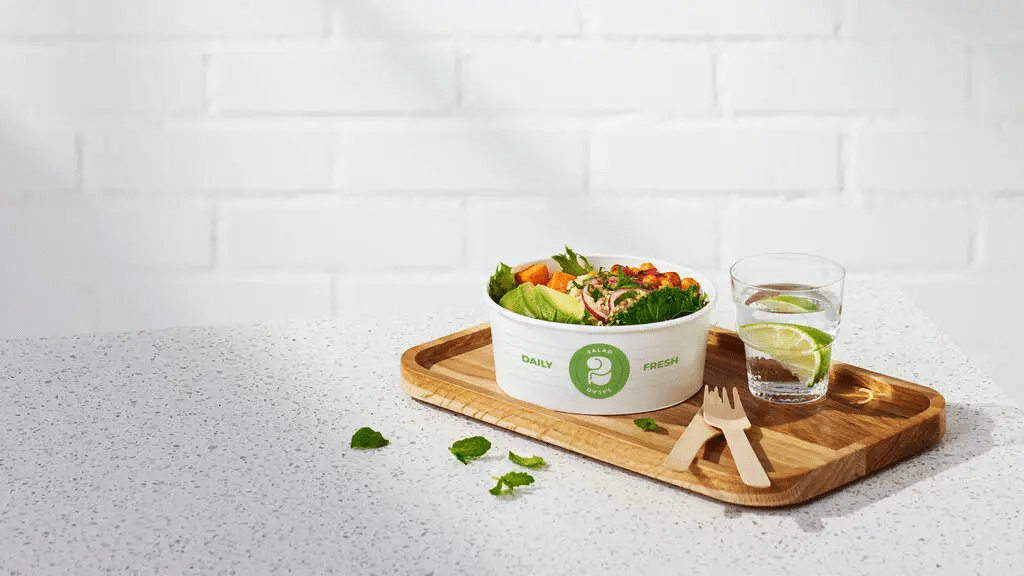
Will the world follow suit in terms of sustainability?
Yes, but it will be a long-term journey, and now people around the world will factor packaging sustainability into their product considerations. Since Europe took the lead in introducing relevant regulations, this trend has gradually extended and penetrated into every corner of the world. In terms of its expertise in sustainable packaging, Stora Enso’s advantage lies in its ability to provide customers with a large number of high-quality raw materials and excellent one-stop packaging solutions, and support it in providing customers with more sustainable products. “
So does FuWinn Housewares have any sustainable packaging?
At present, our company FuWinn Housewares has made FSC materials for cartons or color boxes or other paper products according to customer requirements, and the sealing tape will also be replaced by paper tape from the original transparent plastic tape.
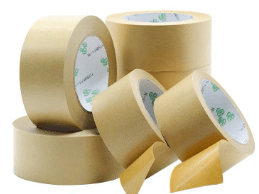
And for the bags inside the product, LDPE material will be used.
What is LDPE?
LDPE plastic is often used to make food bags, plastic wrap and food packaging. It is easy to process, discolors and is not resistant to high temperatures, so it is not suitable for heating and freezing, and is sometimes reused as a sustainable bag.
So in the long term, the usage, availability and cost of sustainable materials will continue to change as more and more people prioritize them, enabling customers to make packaging choices in industries such as food, beverage and personal care achieve greater sustainability.
FuWinn Housewares has not only achieved sustainable products (CRS for stainless steel water bottle, GRS for bags, FSC for paper products, LDPE for plastic bags, etc.), we are also constantly exploring and advancing on the road to sustainability.

